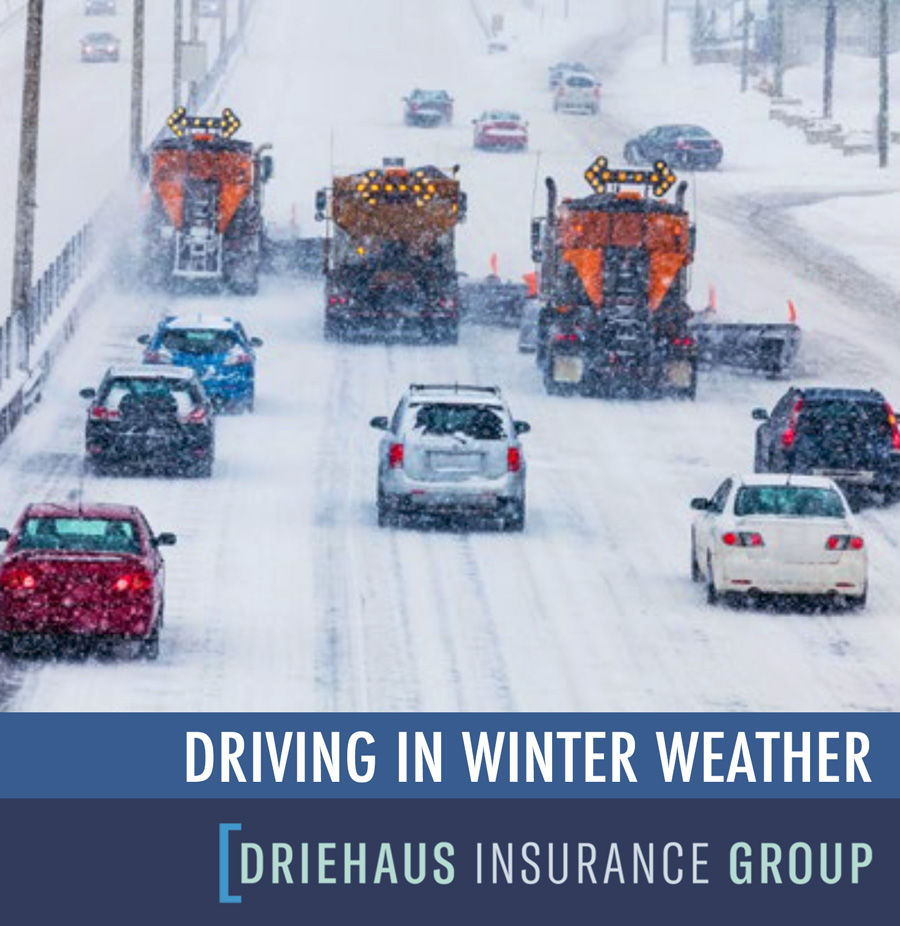Driving in Winter Weather
- cbeckman98
- Dec 15, 2021
- 3 min read

Thanks to the National Highway Traffic Safety Administration for these winter driving tips
Tires
As the outside temperature drops, so does tire inflation pressure. Make sure each tire is filled to the vehicle manufacturer’s recommended inflation pressure, which is in your owner’s manual and on a label located on the driver’s side door frame. Do not inflate your tires to the pressure listed on the tire itself. That number is the maximum pressure the tire can hold, not the recommended pressure for your vehicle.
Car Seats
In colder weather, parents typically dress their children in winter coats. But it is important to know that heavy coats can interfere with the proper harness fit on a child in a car seat. When your child will be secured in a car seat, pick thin, warm layers, and place blankets or coats around your child after the harness is snug and secure for extra warmth.
Batteries
When the temperature drops, so does battery power. In wintry weather, gasoline and diesel engines take more battery power to start, and electric and hybrid-electric vehicles’ driving range can be reduced. Have a mechanic check your battery, charging system, belts, and for any other needed repairs or replacements.
Lights
Check your headlights, brake lights, turn signals, emergency flashers and interior lights. Be sure to also check your trailer brake lights and turn signals, if necessary.
Windshield Wipers
You can quickly go through a lot of windshield wiper fluid in a single snowstorm. Make sure your vehicle’s reservoir is full of high-quality “winter” fluid with deicer before winter weather hits. Make sure defrosters and all windshield wipers work and replace any worn blades.
Cooling System
Make sure you have enough coolant in your vehicle, and that it meets the manufacturer’s specifications. See your vehicle owner’s manual for recommendations. Check the cooling system for leaks, test the coolant, and drain or replace the old coolant.
Stock Your Vehicle
Carry items in your vehicle to handle common winter driving-related tasks, and supplies you might need in an emergency, including:
a snow shovel, broom, and ice scraper;
abrasive material (sand or kitty litter), in case your vehicle gets stuck in the snow;
jumper cables, flashlight, and warning devices (flares and emergency markers);
blankets for protection from the cold; and
a cell phone and charger, water, food, and any necessary medicine.
Plan Your Route
Before heading out, make sure to check the weather, road conditions and traffic. Familiarize yourself with directions and maps before you go—even if you use a GPS—and let others know your route and anticipated arrival time. On longer trips, plan enough time to stop to stretch, get something to eat, check your phone, and change drivers or rest if you feel drowsy.
Avoid Risky Driving Behaviors
You know the rules: Do not text or drive distracted; obey posted speed limits; and always drive sober. Both alcohol and drugs can impair safe and responsible driving by affecting things such as coordination, judgment, perception, and reaction time. And remember always wear your seat belt.
The Driehaus Difference
Auto safety is for everyone. As we enter the winter driving season, a few moments preparing your vehicle, preparing yourself and deciding to drive defensively will pay off handsomely. We can help you with your auto insurance needs for personal or commercial vehicles. Call us at 513-977-6860 or contact us on the internet at www.Driehausins.com




Comments